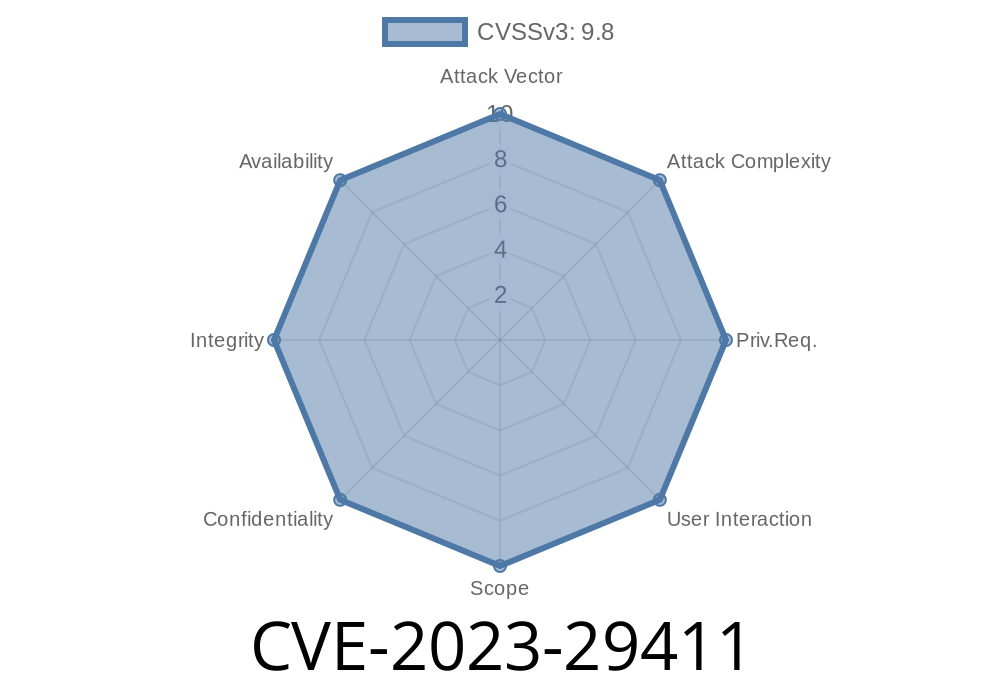Recently, a critical vulnerability identified as CVE-2023-29411 has been discovered, which poses a serious risk of unauthorized access and potential remote code execution to anyone using the affected Java RMI interface. This vulnerability stems from the CWE-306: Missing Authentication for Critical Function weakness, which essentially means that there's a lack of authentication checks when performing critical functions. In this in-depth post, we will explore the details of this vulnerability, including code snippets, links to original references, and exploit scenarios.
Code Snippet
To give you an idea of how the vulnerability manifests itself, here's a simplified version of a Java RMI interface:
public interface Admin extends Remote {
// Set admin credentials
void setAdminCredentials(String username, String password) throws RemoteException;
// Perform some critical action
void doCriticalAction() throws RemoteException;
}
The issue with this code is that there's no authentication check enforced when calling the setAdminCredentials method. This means that any unauthorized user who gains access to the RMI stub can potentially change the admin credentials without any barriers.
For more information on this vulnerability, you can refer to the following sources
1. CVE-2023-29411 from the MITRE CVE database.
2. CWE-306: Missing Authentication for Critical Function from the Common Weakness Enumeration (CWE) database.
Identify the Java RMI interface where the vulnerability exists.
2. Gain access to the RMI stub by either malicious means or through weak security configurations in the target system.
Invoke the setAdminCredentials method with the attacker's desired username and password.
4. Potentially perform remote code execution with the new admin credentials, granting the attacker unauthorized control over the system.
The attacker identifies a vulnerable Java RMI interface exposed on the open internet.
2. Using a network scanner, the attacker is able to find an RMI stub that is accessible without restrictions (due to poor security configurations).
3. The attacker crafts a malicious Java RMI client that calls the setAdminCredentials method on the exposed stub with their desired username and password.
4. With the new admin credentials, the attacker can then proceed to call other methods on the RMI stub, potentially causing remote code execution and gaining unauthorized control over the system.
Conclusion
CVE-2023-29411 is a critical vulnerability that can lead to unauthorized access and potential remote code execution for systems using the affected Java RMI interface. This vulnerability highlights the importance of ensuring proper authentication checks for critical functions, especially when dealing with remote interfaces. It is crucial for developers to stay informed about security vulnerabilities, implement secure coding practices, and organizations to ensure robust security configurations are in place. By taking these proactive steps, we can greatly reduce the risk of such vulnerabilities being exploited, effectively protecting our systems and sensitive data from unauthorized access.
Timeline
Published on: 04/18/2023 21:15:00 UTC
Last modified on: 04/28/2023 13:31:00 UTC
